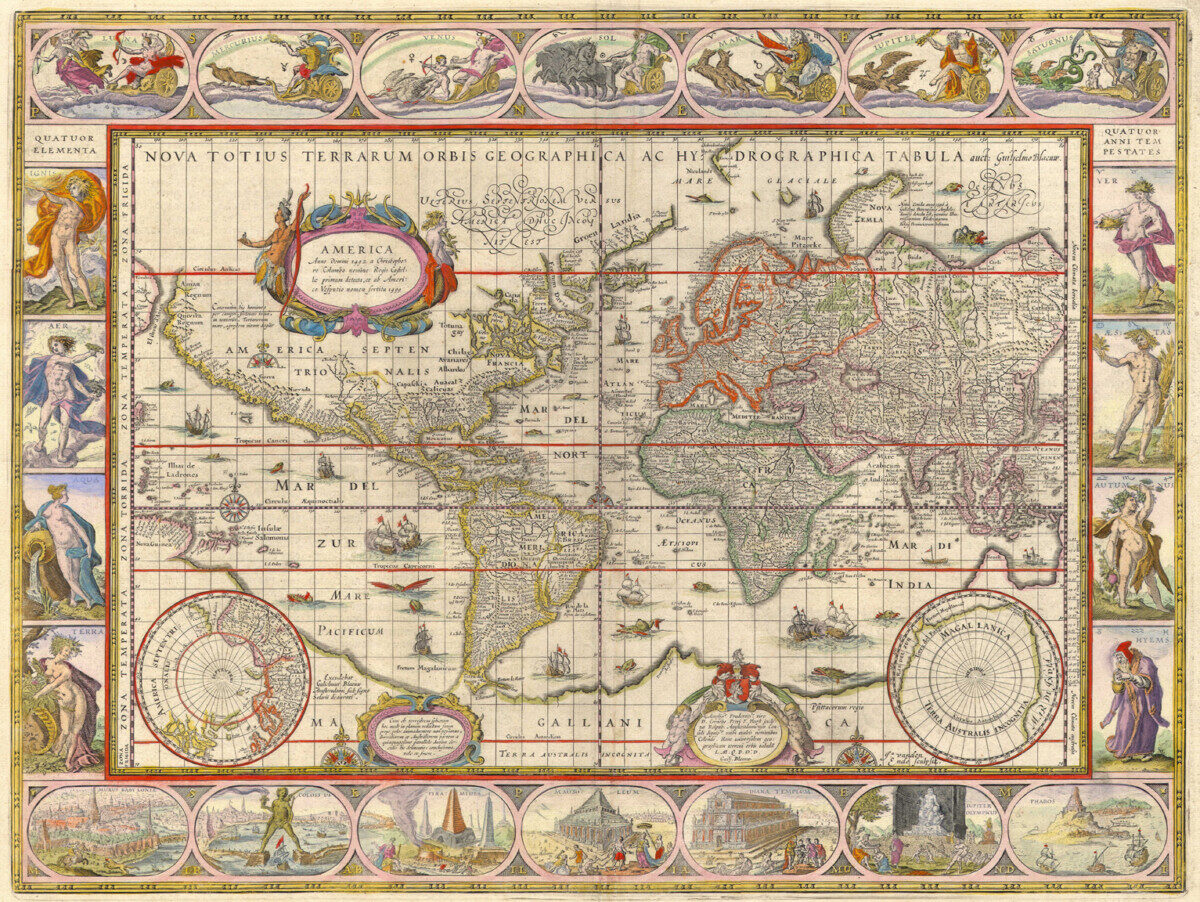One struggles to define Baroque art since the form was not simply a 17th-century artistic development, but it encompassed artistic mentality, religious reform, and a profound global impact. My understanding of baroque art was limited to works like Artemisia Gentileschi’s Judith and Holofernes and Michelangelo Caravaggio’s The Entombment of Christ, so my definition of the genre was limited to the dramatic scenes, defined contours, and deep shadows in the paintings. However, through the lecture and readings, it becomes evident that the style has a deeper meaning. Wölfflin’s analysis of Barque art, although criticized, gave me a broad overview to look out for in such art, while our discussion of the protestant reformation and innovation in religious art put the period in the contemporary context.
The global baroque context was astonishing to me as it enlightened me on interactions I have had with baroque art but did not acknowledge. I grew up visiting Goa frequently on vacations with friends and family. The Our Lady of the Immaculate Conception Church in Panjim, the capital of the state, is located near a famous market. I visited the church as a child and only saw it in passing the following years without realizing that the 1541 church was one of the trademarks of colonial Portuguese Barque style and showed marvelous syncretism of Goan architecture with Portuguese style.
While considering the progression of digital humanities with art, particularly baroque art, it becomes evident that the global impact of historical art forms and architectural practices is rarely studied by regular people. A factor in this education gap can be that academia has only slowly adopted technological advancements, and academicians are mostly solo practitioners. One digital humanities project that I enjoy is the British Museum’s rendition of classical architecture in 3D link. Much work is only studied by art historians, but properly disseminating artistic education can help the field grow exponentially.
